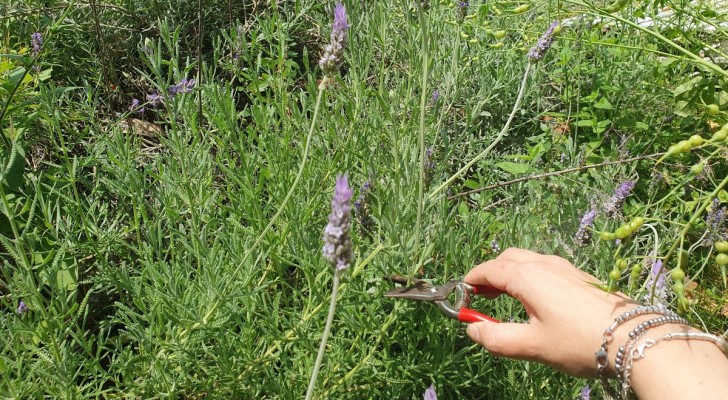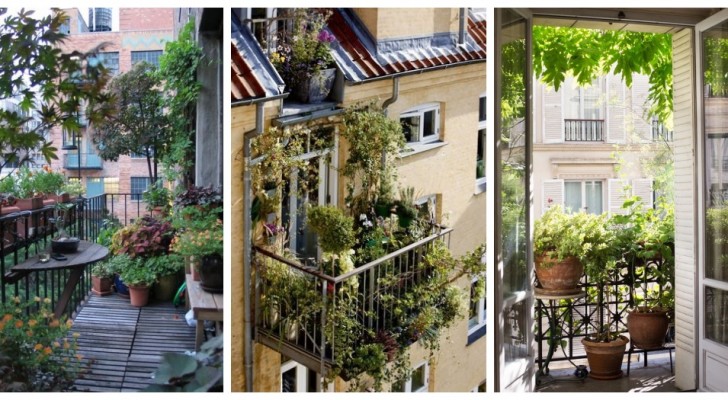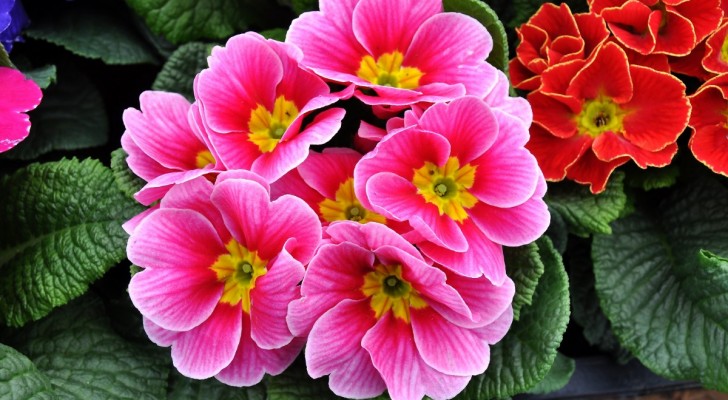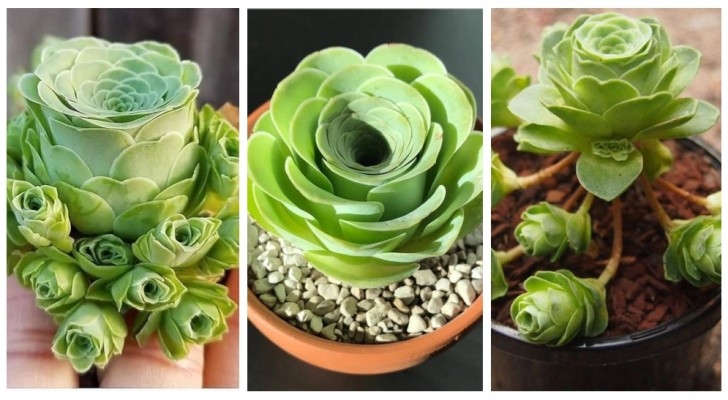The wonderful dolphin plant: find out how to grow Senecio Peregrinus
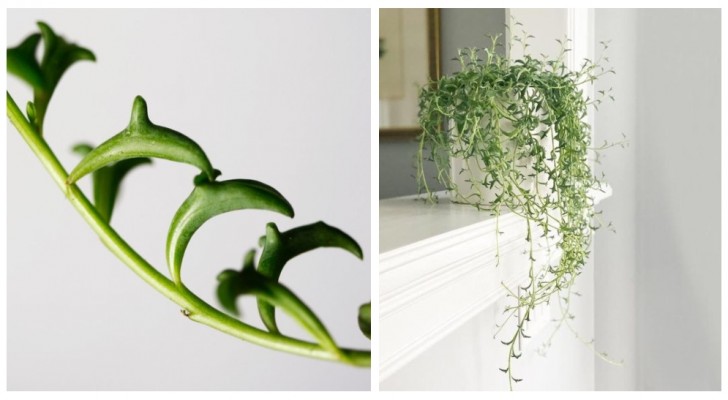
In common parlance, this plant it is known as the Dolphin Plant or Dolphin Necklace, precisely because its fleshy leaves have the appearance of being a series of dolphins jumping out the waves. The scientific name, however, is Senecio Peregrinus, a plant native to South Africa and the result of hybrid breeding between the species Senecio Articulatus and Senecio Rowleyanus.
This plant can grow up to 90 centimeters (35 inches) long with drooping branches, while the height of the canopy generally does not exceed 15 centimeters (6 inches). With its structure, it is perfect for putting into hanging baskets or placed in pots that are placed on the windowsill, shelf or balustrade, so that the foliage can then dangle and grow freely downwards. Find out more about this plant by reading the information provided below:
- Exposure: this plant is a succulent, but it does not like the direct sun for too long, which can actually burn the leaves. Therefore, favor a spot in the house that is bright but not exposed to direct sunlight. South-facing windows are also good, as they provide light in the morning, but not in the middle part of the day. And you can use LED lamps in the winter to encourage the plant’s continued growth.
- Temperature: they do not like sustained cold (their hardiness zone is 10, therefore they prefer the warm, climatic bands). The minimum temperature they can withstand (and not for long) is 4-5 degrees Celsius (40-41 degrees F), and the ideal temperature for growth is 22 degrees Celsius (72 degrees F).
Soil: soil used for cacti and succulents in general is fine, which is airy, porous and loose and enriched with perlite or sand that prevents water from becoming stagnant, which, in turn, leads to the risk of root rot and ultimately, the death of the plant.
Irrigation: place the pot in the sink, shower or tub, and water well until water runs out of the bottom of the pot. Let it drain off as much as possible and put the plant back in its usual place. This operation must be carried out every time the soil dries out completely (this includes checking the substrate layers), and always making sure to avoid over-watering and thus causing rotting of the roots. Generally, once a week is enough from spring to early autumn, and once a month in winter when the plant is dormant. But it is always best to check the soil and get to learn the frequency of required watering according to the conditions of your home.
Flowering: these plants also produce small flowers that have a slight cinnamon scent, but to get them to bud, you need to have guaranteed, stable cultivation conditions - especially in winter. So, from the end of autumn until the beginning of spring, keep the plant at 15°C (60°F) and make sure you do not overdo the watering. Further, and in this period, guarantee the plant about 3 hours of sunlight exposure (but not more and not during in the lunchtime period) so that the plant “sleeps” properly and becomes more prone to letting its flowers bud. These are plants that do not spread out too much, so always place them in pots which are only slightly larger than themselves.
Have you ever grown one of these unusual South African plants?
